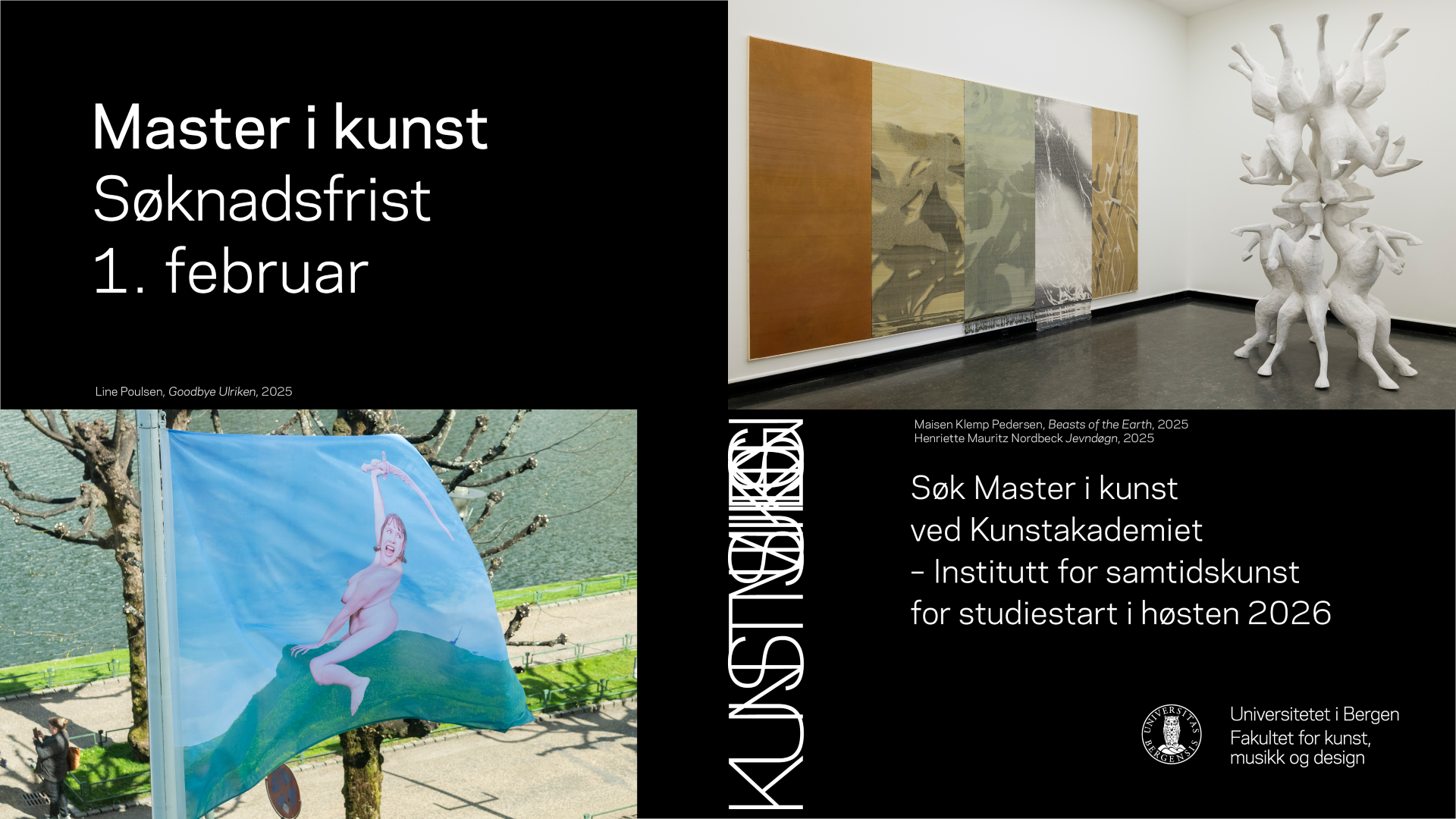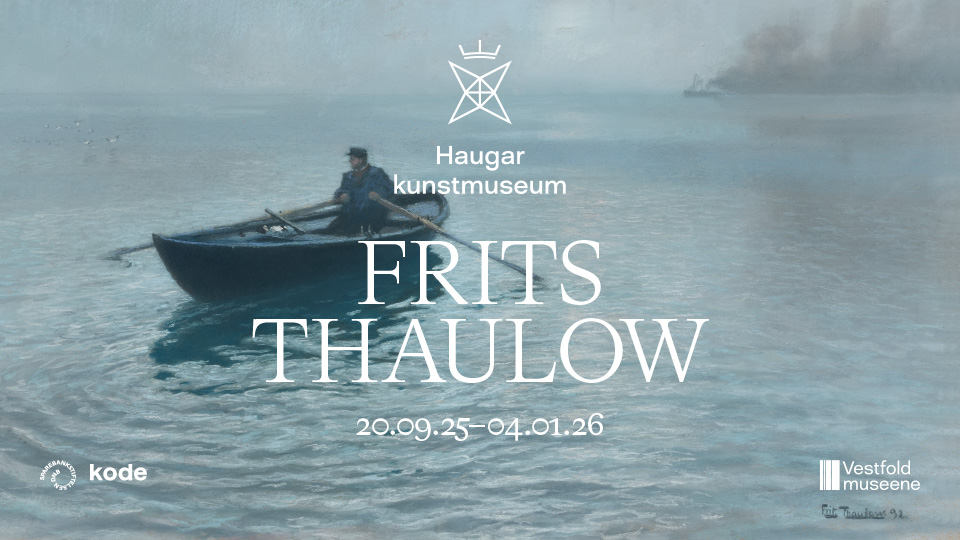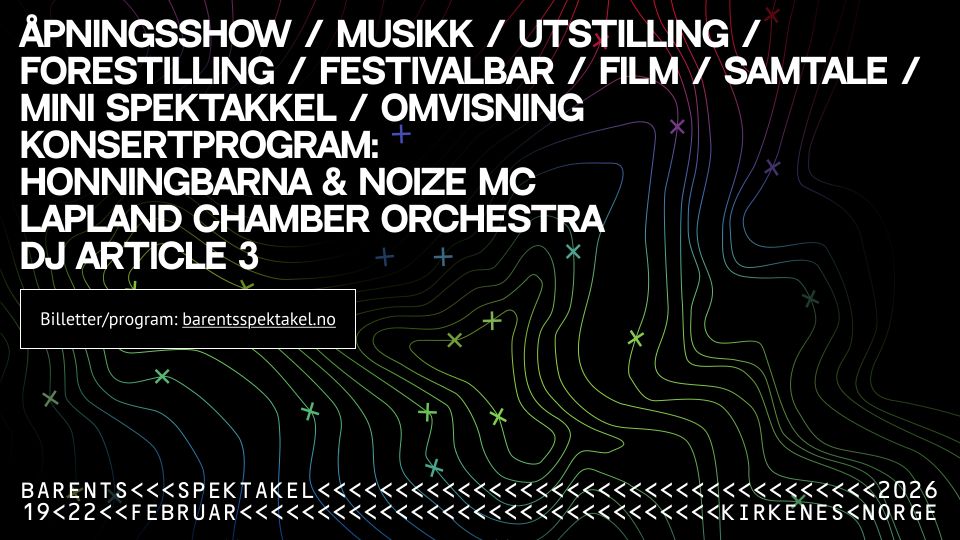
Liina Siibs (f. 1963) værker er ofte politiske i sit afsæt. Men de er det uden at være dogmatiske. Snarere kan de karakteriseres som poetiske. De kan for eksempel omhandle den kvindelige arbejdssituation i et land med en svært ulige lønfordeling mellem kønnene, som i det videoværk hun repræsenterede Estland med ved den 54. Venedig-biennale i 2011, A Woman Takes Little Space. Det var denne videoinstallation, vist i en hjemlig atmosfære i et hus, der blev anledningen til invitationen fra Lilith Performance Studio, der altid arbejder med at omskabe rummet og atmosfæren, så en ny iscenesat verden fremstår til hver performance.
Liina Siib tager ofte udgangspunkt i hjemlandet Estlands splittede historie, hvor hun selv er vokset op under den russiske okkupation, og hvor landet siden frigørelsen i 1991 har forsøgt at genfinde sin egen stemme og ret som selvstændig republik, blandt andet gennem at blive optaget i EU. Det er denne splittelse mellem det kommunistiske og rigide og det kapitalistiske krævende, der er emnet for den performance, der i aften åbner på Lilith Performance Studio. Her har hun brugt Kina som et slags spejl på den situation, hun selv er vokset op i, og vestlige ikoner som for eksempel James Bond som en kapitalistisk modfigur.
Kunstkritikk har talt med kunstneren, og vi har valgt at bringe interviewet på originalsproget.

Mass Line is a performance work made specifically for Lilith Performance Studio. You are mostly known for your critical photography and video installations, documenting social life in post-Soviet Estonia. Is this your first performance work? And how has your working method been for this production?
Yes, this is my first performance work. The proposal by Elin Lundgren and Petter Petterson (the founders of Lilith, ed.) to do a collaboration with Lilith Performance Studio came after they had seen my project A Woman Takes Little Space at the 54th Venice Biennale in 2011. It was certainly a surprising and intriguing invitation. Until then, I had only used certain practices of staging and directing in my photo and video works. I had just come back from a trip to Beijing when I came to Malmö to our first meeting. I showed my photographs and videos from China to Elin and Petter. Then it was decided that we would continue with the Chinese imagery and develop the theme. It took me a while to figure out how I could go on with it in the context of engaging the audience in the performance.
The working method adopted for this production was in part similar to the one employed in my previous practice. It involved a lot of research on China, James Bond, Malmö etc. I made two short research trips to Malmö, and in the autumn of 2012 I visited the exhibition Designing 007: 50 years of Bond style at the Barbican Centre in London. In order to connect the socialist system with the capitalist system, to have a little tension between the systems, and to add a bit of cold war feeling, I used James Bond imagery, especially the film and book The Man With The Golden Gun. There are many layers in the piece – it is about copy culture, the East copying the West, the West copying the East; it gives quotes by Mao Zedong a new context, restaging typical behavior in a totalitarian system with actors from a free country, etc.
The subject of the performance is political – merging Chinese and Western ideologies. Can you tell more about your ideas behind the performance?

The performance Mass Line visualizes rhetorics of systems in parallel worlds that each have their own rules and orders, be it in China or somewhere in the West. In Mass Line contradictions and social issues become a strange mixture of orders and commands; a crazy system that keeps people busy all the time. There are also some characters drifting around as markers of unheroic daily life. What tactics do people use to depart from models enforced by the state, the media? How do they enjoy their own everyday life? What is the price of having a private space within the system? What compromises must be made?
I draw on my own experience of life under a Soviet regime behind the iron curtain, and on my present life in independent Estonia with a neo-liberalist capitalist system. Recently the People’s Republic of China has been a valuable place to see our own society reflected, like in a mirror of times past. In countries with strict leadership and control systems people become used to performing, to being someone else in public than at home. Everyone becomes an actor, ready to stage whatever the system expects from them; performing ideologies becomes second nature as a wise survival tactic in everyday life. At the end it is impossible to decide what is a performance and what is not. This project also articulates other contradictions, such as class issues and the copy culture. How can one find a space within the system when there is no private space? When nothing is what it seems to be, and the copy culture is emerging on all levels offering nothing else than simply semblances.
So we merge many things; images and objects from different systems, different mise-en-scènes of desires and utopias, put them in the “mixer” or “blender” and the result is a sort of “purée” that visitors can perceive during the performance. It happens here and now, in Malmö. We copy the East and we copy James Bond imagery, we take one image and change its ideological context. We place James Bond characters within the context of the cult of personality. We use imagery of socialist realism that has no links with real life but shows a kind of utopia, or wishful thinking.
It has been wonderful to see how all the set and props done for Mass Line at Lilith make the space look like it has been always this way. Giving meaning to it all has been a true collective effort, everyone giving their share in the best way. The kind of intensity that arises when so many people are involved in a creative process is great; when everyone brings their own life, hopes and thoughts into the work and we use it to make something visible. To see the restaged actions live is all about energy and visual pleasure. I am really grateful for the collaboration at the Lilith Performance Studio.

The performance has a strong political focus, as does most of your work, but it seems also to be about personal experiences and psychological aspects that are somehow linked to these political situations?
When restaging this material it was interesting to see how actors born in a free world have difficulties in striking some of the heroic poses or when practicing monotonous clapping of hands. The work is also about putting together antagonist ideologies – socialism and capitalism – and see how they exist together and support each other. It is about systems we are in, the ideologies around us and in us. How ideology uses human psychology and how people use ideology for their own comfort. There is also this direct experience of acting out different social gestures, the quality of staging them for real and not for the sake of a photograph.
Mass Line can be compared to approximately 16 different film scenes unfolding simultaneously as several mise-en-scènes – everything happens in a loop, there are parallel microsystems that ignore and invade each other. These segments of everyday life, the cut-outs, could make us focus our gaze, slow down and look at these images as a new form of social sculpture, a social gesture without a propaganda purpose. We are looking for the gaps in ideologies that ordinary people fill with their own “writings” and memory, yet perhaps constantly performing. My personal experience and pleasure in looking comes to the fore in these scenes.








